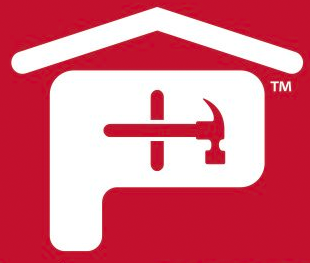Given current efforts to develop energy efficient building envelopes, the use of polyiso insulation continues to grow as an integral component of commercial roof and wall systems. In order to meet ASHRAE standards required for a given climate zone and geographic area, it’s necessary for building insulation to achieve a specified R-value so it maintains the prescribed thermal resistance over a 15 year period (LTTR).
Manufacturers of polyiso insulation panels produce their materials in a variety of thicknesses from less than an inch to four or more inches thick; and use different exterior foils and surfaces for different applications. In roofing however, the basic material thickness often isn’t enough to achieve the desired efficiencies so it becomes necessary to use two or more layers of the polyiso product.
There are some distinct advantages to installing polyiso sheets in layers. One of the most obvious benefits is the ability to reduce thermal loss that routinely passes through the joints of the insulation sheets. When multiple layers are applied, the sheets are staggered, which enables the joints to have a barrier on either side of them. This is actually better than taping because you get the polyiso properties at the joints instead of only the insulating benefits of the tape.
Just as the overlapped joints of the polyiso prevent thermal loss, using two or more layers of polyiso insulation in a flat commercial roof application also reduces the moisture build-up that results from thermal loss. When rising heated air passes through the open insulation joints it can condense and end up on the inside of the roofing membrane. It will remain there longer because it’s less exposed to the sun and there is little or no airflow to allow it to dry.
With multiple layers of polyiso, there is also a reduction in thermal bridging, i.e. there is less ability for heat to pass through the actual material. This happens because there is nothing between the additional layers that allows heat to pass through. Thermal bridging can render insulation less effective.
The LTTR Calculator located at www.Greenzone.com helps to accurately configure multi-layers of polyiso insulation to desired specifications for nearly any commercial roof application. By entering the desired ASHRAE standards and required R-values, contractors, architects, engineers, consultants and other specifiers can develop layered systems that meet their requirements and deliver these added benefits.



 Gear!
Gear! PRO LOGIN
PRO LOGIN